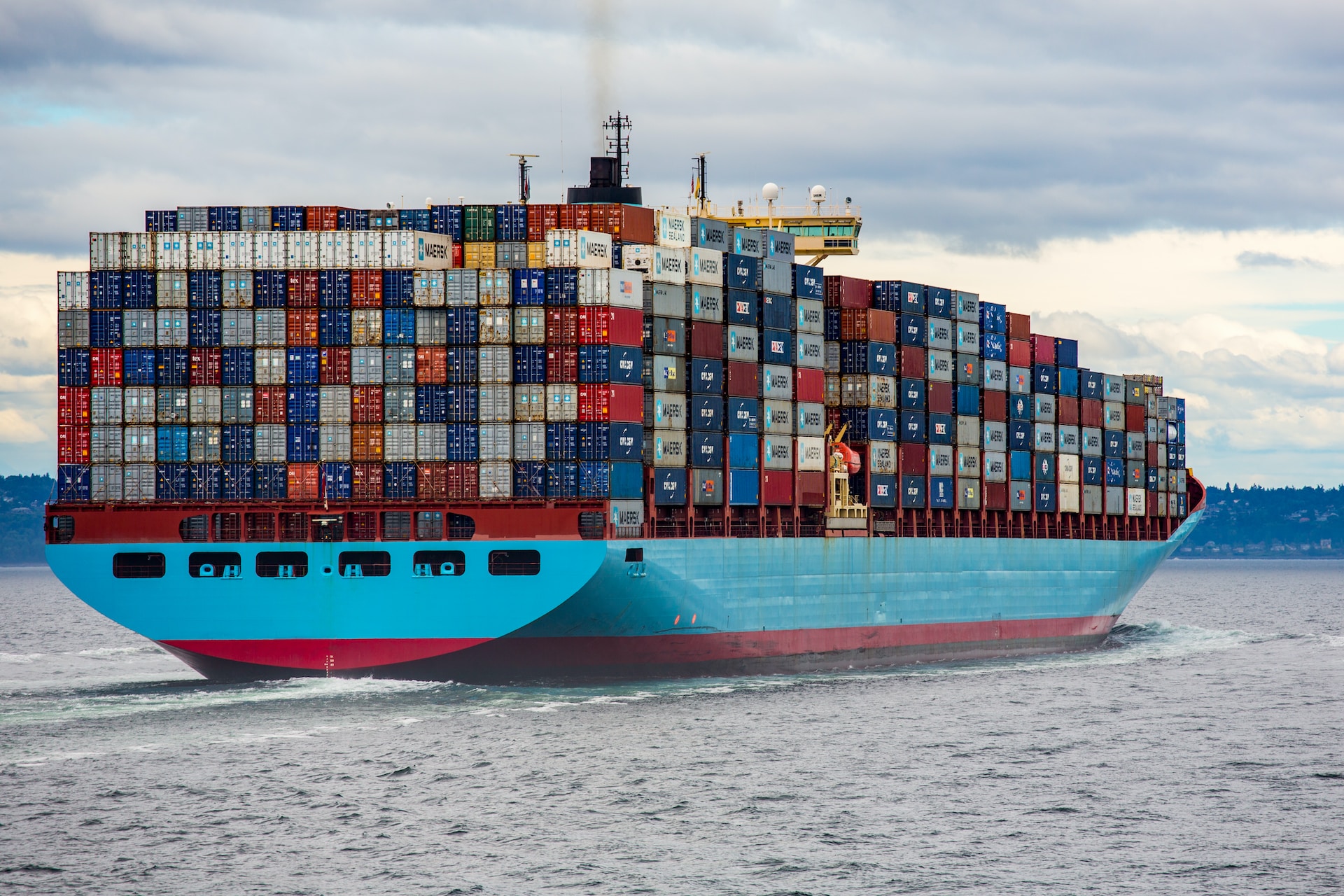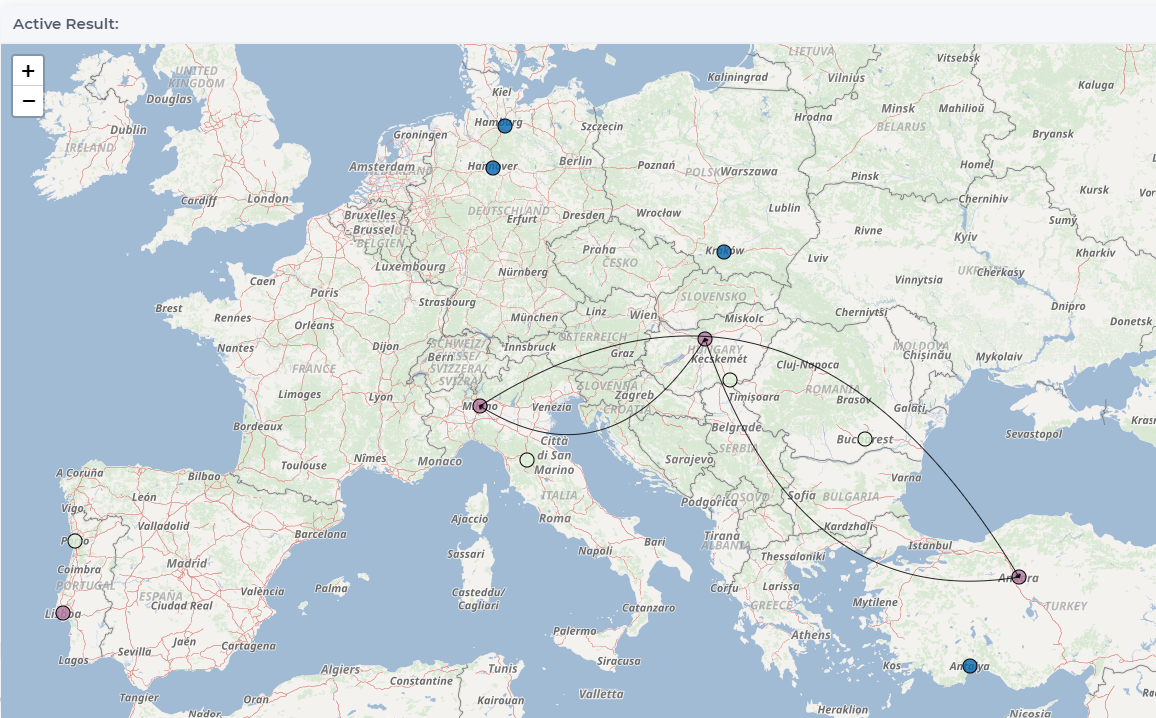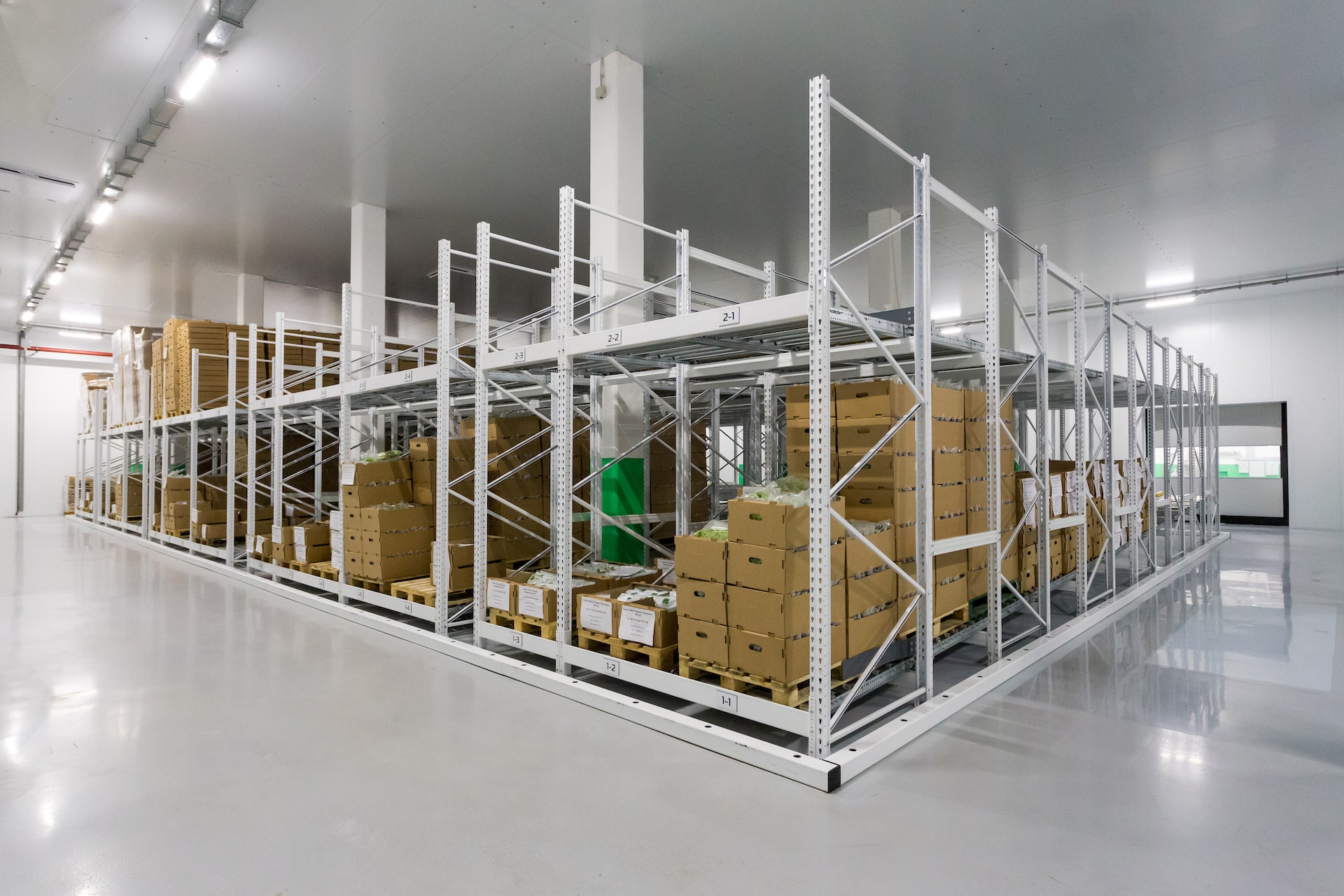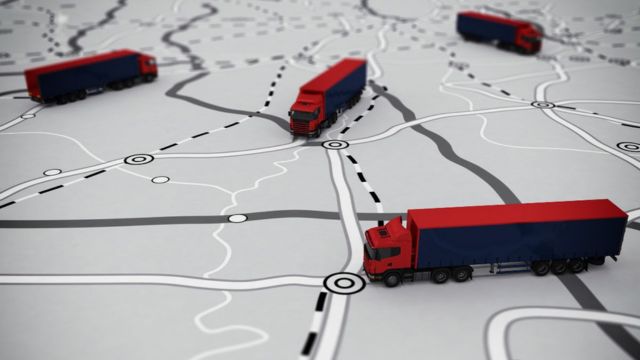Optimize Your Supply Chain with Backhaul: SC Navigator’s Newest Feature
Introducing Backhaul, a pivotal addition aimed at revolutionizing our network design application for the betterment of circular networks and the environment. This new feature, a part of SC Navigator, allows supply chain teams to identify opportunities within their inventory network.
With Backhaul, teams can actively reduce mileage, carbon emissions, and costs, while also optimizing reverse flows. For your business, this means analyzing and enhancing the transportation loads between warehouse or production locations.
In this blog post, we will explore the significance of Backhaul and how this functionality can streamline your moving inventory.
Terminology Explained
- Backhaul: This term refers to the route between two points in your supply chain.
- Round Trip: A round trip involves a route between more than two points, but it’s advisable not to exceed four points for user-friendly visualization.
- LTL (Less Than Truckload): LTL signifies shipments that do not fill a full truck.
- FTL (Full Truck Load): FTL represents shipments that completely fill a truck.
- Reverse Logistics: In consumer goods, this term pertains to the return of products by consumers, which need to be reintegrated into stock.
- Own Fleet: This refers to a company’s own transportation vehicles.
What are the use cases of Backhaul?
1. Identifying opportunities for Backhaul
One of the most common dilemmas in supply chain management is how to optimize demand versus transport loads. For instance, you may know that FTL is more cost-effective than LTL, but your product demand might not fill an entire truck.
Backhaul can help you strike the right balance and make informed decisions.
2. Identifying synergy for Backhaul transport after M&A
In scenarios where companies merge and their supply chain networks intertwine, the challenge lies in efficiently using the combined fleet.
Backhaul can provide insights and strategies for a seamless transition.
3. Optimize fleet versus third-party transport
To maximize cost savings and resource utilization, it’s crucial to understand when to deploy your own fleet and when to rely on third-party transportation services.
Backhaul aids in finding the optimal mix.
4. Adding reverse logistics flows into network design
Reverse logistics, such as handling returned goods and putting them back into stock, can be a logistical puzzle.
Backhaul integrates these flows into your overall truckload optimization, ensuring a holistic approach to your supply chain.
Use case of a global shipping company

A shipping and logistics company will be using this new functionality in SC Navigator. For them, they breakbulk (this refers to any products or goods stored on a cargo ship within individual units) and want to make key decisions like how to split the load between FTL/LTL/other trucking options.
Backhaul could give them insights into whether in peak seasons, they need more trucks and fewer trunks in off seasons enhancing efficiency and reducing overall carbon output.
What is the scope of Backhaul?
The Backhaul feature in the AIMMS Network Design module of SC Navigator operates within the scope of warehouse and production locations, encompassing road, air, ocean, and rail transport. It is designed to handle multiple products per vehicle where all products can go to a single location, providing a comprehensive solution to your supply chain optimization needs.

What kind of data is needed?
The data you need includes – the level of demand for your Backhaul products, third-party backhaul products, the maximum quantity of products allowed in a vehicle without demand, and defining and setting up the backhaul or round-trip routes that are available for the optimization.
Looking to try our new functionality?
Our new Backhaul feature within SC Navigator is a powerful tool for optimizing your moving inventory across two or more locations. Whether you’re looking to reduce costs, minimize mileage, or decrease carbon emissions, Backhaul can provide you with the insights and strategies your business needs to optimize your inventory across multiple touch points.





